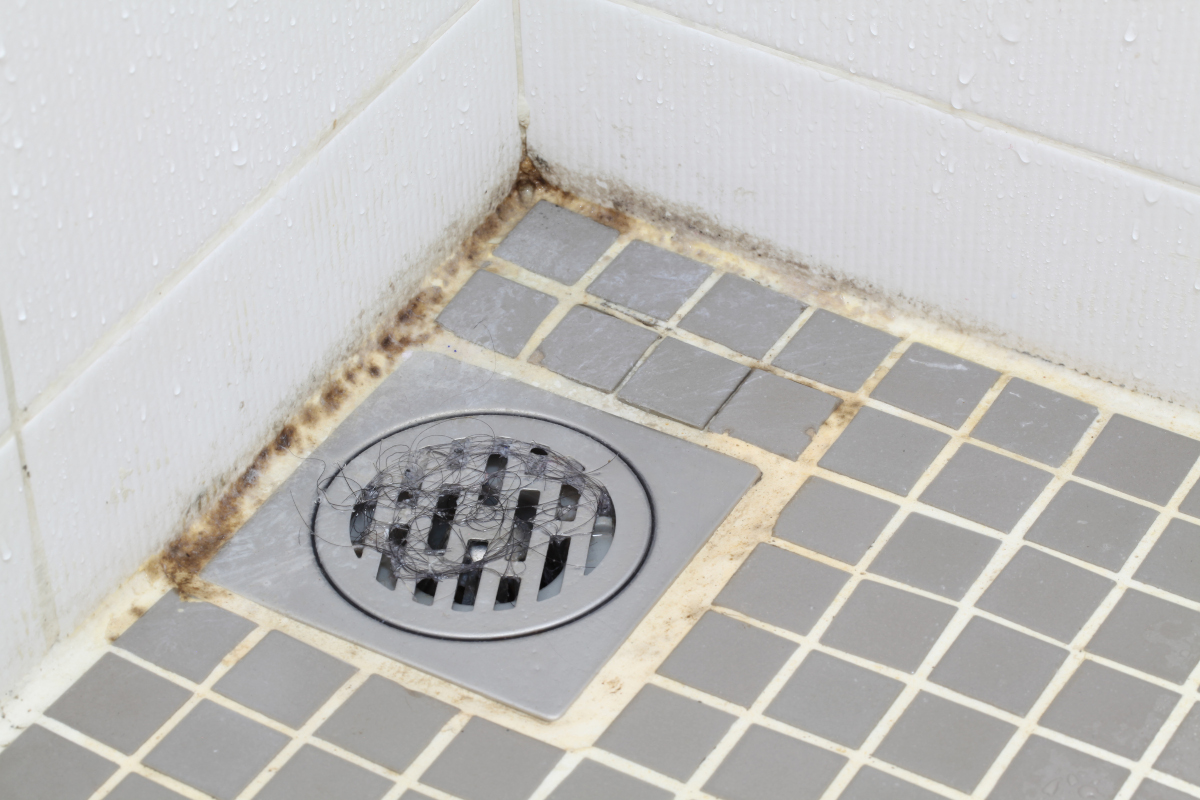Are you living in a toxic environment? Our health is directly linked to the environment in which we live. You may not realise it, but we are exposed to chemicals and toxins in our everyday lives, from the air we breathe, the food we eat, the water we drink, our skin care and cleaning products, as well as our electronic devices.
Unfortunately, mould is one of those airborne toxins that isn’t easily avoided, and particularly this winter for those on the east coast of Australia. With all the recent wet weather, and flooding, a large number of buildings and homes are detecting an increase of mould spores, inside and out.
It is important to remember, there is always a little mould everywhere – in the air and on many surfaces. It grows in places that have a lot of moisture, such as around leaks in roofs, windows, or pipes, or where there has been flooding. Mould grows well on paper products, cardboard, ceiling tiles and wood products. Mould can also grow in dust, paints, wallpaper, insulation, drywall, carpet, fabric and upholstery.
Exposure to damp and mouldy environments can cause a variety of health effects, or none at all. Some people are sensitive to moulds and exposure can lead to symptoms such as stuffy nose, wheezing, and red or itchy eyes, or skin.
People who are more susceptible to these symptoms and other serious health effects include those with:
-
weakened immune systems;
-
allergies;
-
severe asthma;
-
chronic, obstructive, or allergic lung diseases.
What Can You Do?
It is important that buildings are inspected for evidence of water damage and visible mould as part of routine building maintenance. This allows one to correct conditions causing mould growth (e.g., water leaks, condensation, infiltration, or flooding) to prevent mould growth.
Inside your home you can control mould growth by:
-
Controlling humidity levels;
-
Promptly fixing leaky roofs, windows, and pipes;
-
Thoroughly cleaning and drying after flooding;
-
Ventilating shower, laundry, and cooking areas.
Specific Recommendations:
To help reduce or eradicate mould levels from a toxic environment, I recommend:
-
Keep humidity levels as low as you can—between 30% and 50%–all day long. An air conditioner or dehumidifier will help you keep the level low. Bear in mind that humidity levels change over the course of a day with changes in the moisture in the air and the air temperature, so you will need to check the humidity levels more than once a day.
-
Use an air conditioner or a dehumidifier during humid months.
-
Be sure your home has enough ventilation. Use exhaust fans which vent outside your home in the kitchen and bathroom. Make sure your clothes dryer vents outside your home.
-
Fix any leaks in your home’s roof, walls, or plumbing so mould does not have moisture to grow.
-
Consider not using carpet in rooms or areas like bathrooms or basements that may have a lot of moisture.
Actions To Take To Reduce Mould
The most important actions you can take to prevent mould in your home are those that minimise moisture.
-
Fix leaky plumbing and roofs and other building faults;
-
Ensure gutters are cleared and maintained
-
Reduce condensation by using exhaust fans, or open windows in the bathroom and kitchen when showering, cooking or using the dishwasher;
-
Wipe up excess water caused by condensation such as on single glazed windows and on shower glazing;
-
Air the home regularly by opening windows and doors on warmer days;
-
Vent clothes dryers to the outside and clean lint filters according to the manufacturer’s instructions.
-
-
Use reverse cycle air conditioning and or mechanical dehumidification if available;
-
Ensure sufficient exhaust openings to the outside of the building if using evaporative cooling. Evaporative coolers increase the moisture content in indoor air, so the manufacturer’s instructions should be followed to ensure airflow in the home;
-
Maintain heating, ventilation and cooling systems (this includes regular servicing) according to the manufacturer’s instructions;
-
Use a vacuum cleaner with a HEPA (high efficiency particulate air) filter;
-
Avoid placing mattresses on the floor or surfaces without adequate ventilation;
-
Vacuum, and or turn mattresses if it can be done safely;
-
Increase air circulation around furniture by moving the furniture away from the walls.
Once mould has been detected, it is important to deal with it immediately, to ensure that your health is not affected by the airborne mould toxins. If you are looking for some natural solutions to eradicating mould from a toxic environment, then check out this article on natural cleaning solutions.



